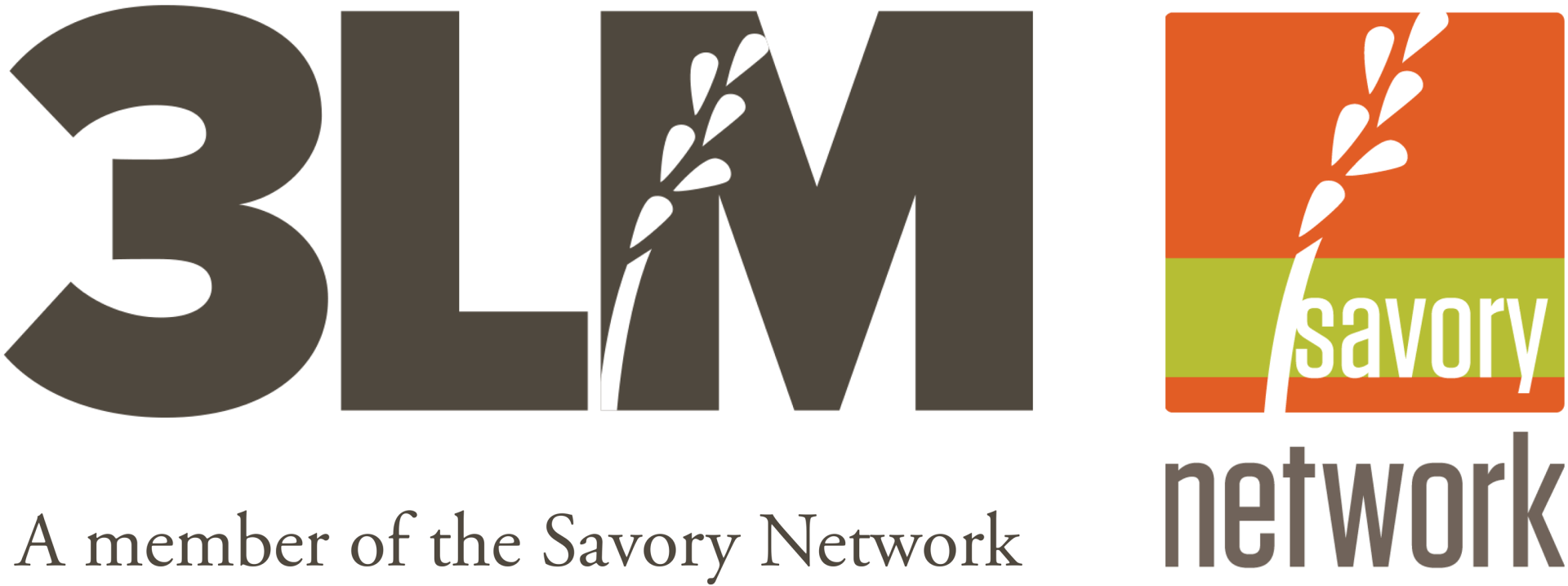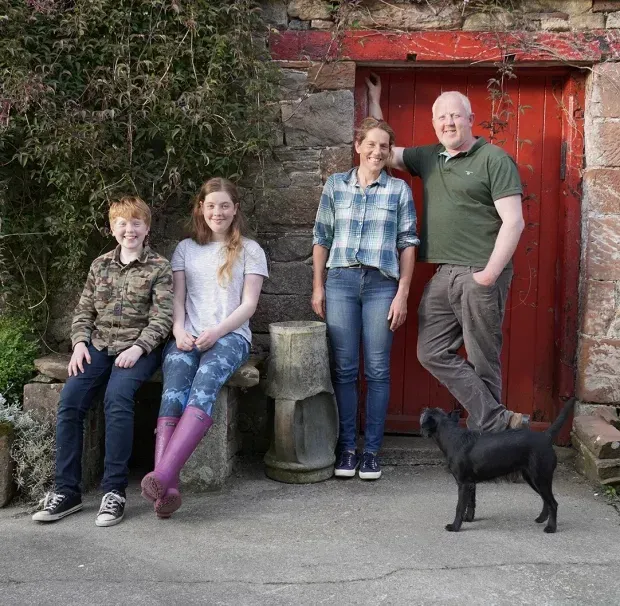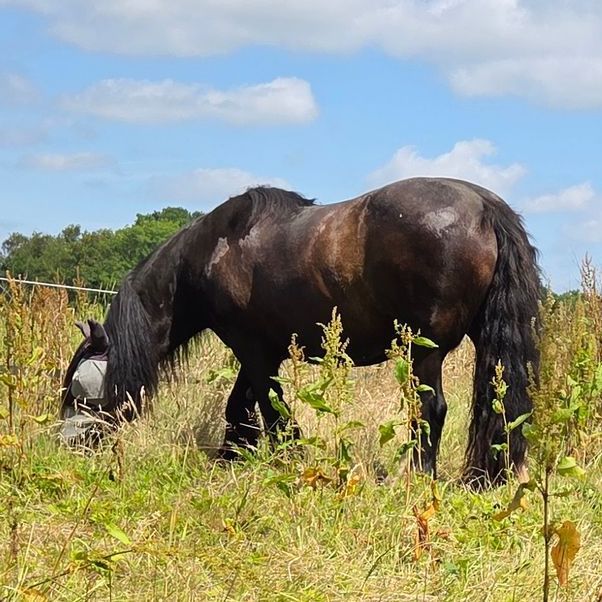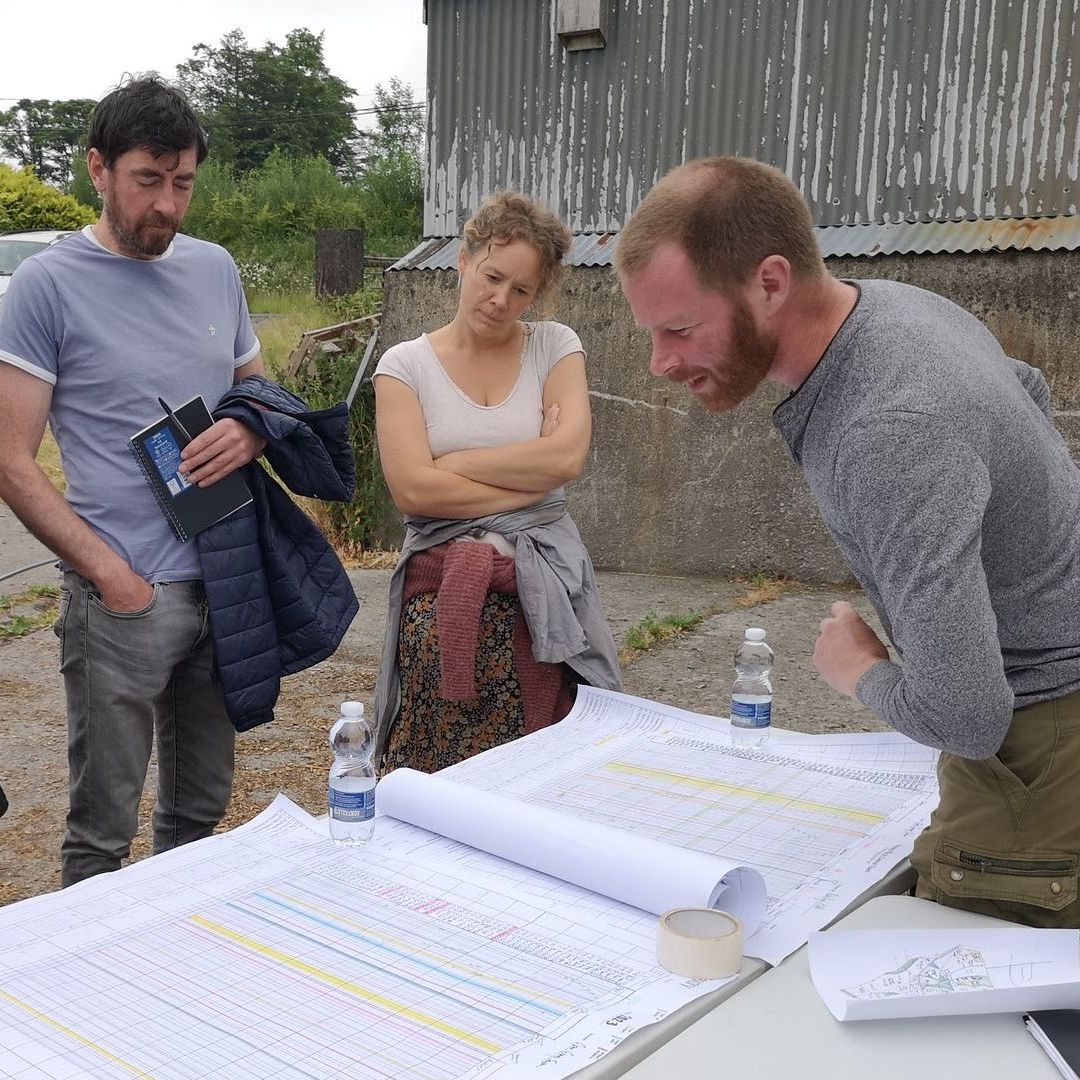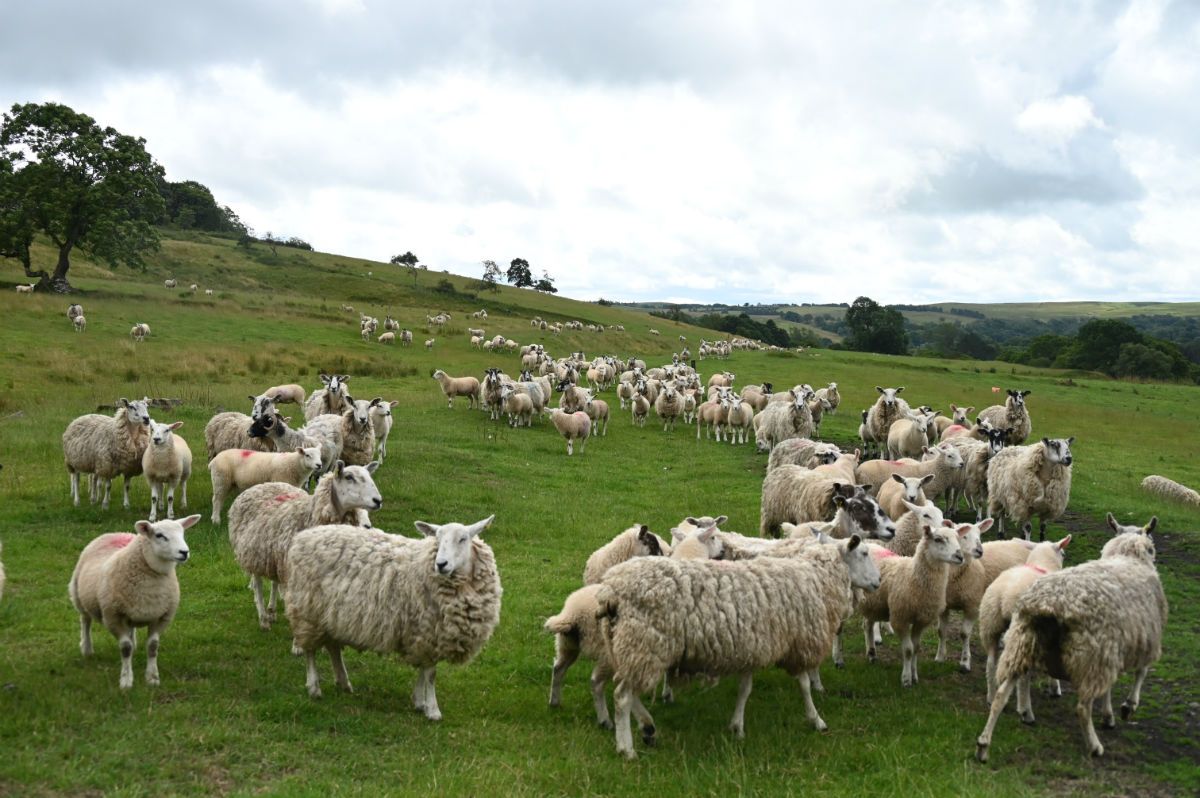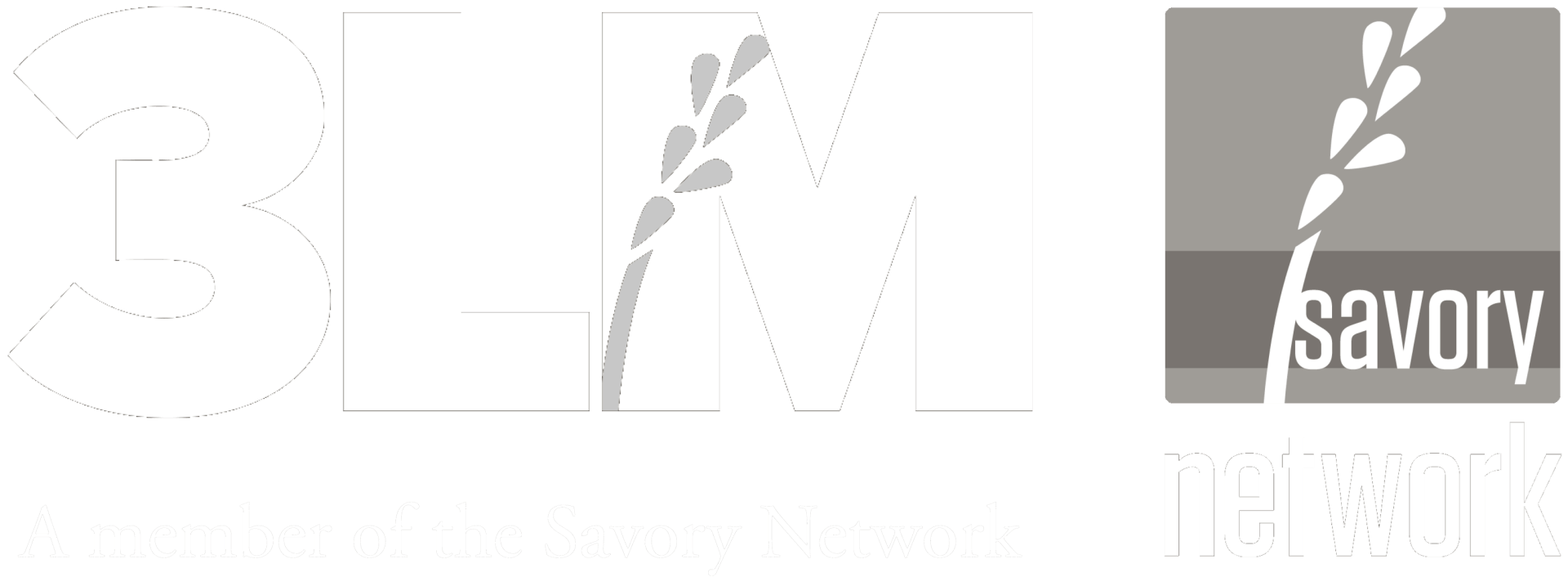Holistic Management Fundamentals - The Mineral Cycle
The Mineral Cycle:
A Gateway to Understanding Holistic Management
Following on from last week's look at the water cycle we now dive into the mineral cycle and see how they are related.

The Living Earth: Understanding the Mineral Cycle in Holistic Management
In the grand cycle of life, minerals are the silent, unseen force that determines whether land thrives or deteriorates. Like the water cycle, the mineral cycle underpins every aspect of ecosystem function, dictating the availability of nutrients, the fertility of soils, and the ability of plants to grow. When this cycle is broken, landscapes become barren, carbon is lost to the atmosphere, and life struggles to regenerate. Yet, when properly managed, the mineral cycle can be restored, setting the foundation for resilient, self-sustaining ecosystems.
What is the Mineral Cycle?
At its core, the mineral cycle describes how essential nutrients—carbon, nitrogen, phosphorus, and other minerals—move through the environment. It begins with the weathering of rocks, the decomposition of organic matter, and the biological processes of plants, microbes, and animals. In a well-functioning mineral cycle, nutrients are continually recycled: dead plant matter returns to the soil, where decomposers break it down, releasing minerals that new life can use.
But in a disrupted mineral cycle, nutrients are locked away, leached from the soil, or lost to erosion. Conventional agricultural practices—such as excessive tilling, monocultures, and chemical fertilization—have accelerated this breakdown, leading to depleted soils that require ever-increasing external inputs to maintain productivity.
The Role of Soil Life in Cycling Nutrients
Healthy soil is not just a medium for plants to grow—it is alive. Beneath the surface, an entire web of fungi, bacteria, insects, and earthworms works to process organic material and unlock nutrients. Mycorrhizal fungi form symbiotic relationships with plant roots, exchanging minerals for carbon-rich sugars. Microbes decompose organic matter, releasing nitrogen, phosphorus, and other essential elements back into the soil.
However, when soils are compacted, overgrazed, or left bare, this life-supporting system collapses. Without a thriving biological community to cycle nutrients, minerals remain unavailable, and plants struggle to access what they need to grow.
Brittle vs. Non-Brittle Environments: How the Mineral Cycle Differs
As with the water cycle, the mineral cycle functions differently depending on the climate. In non-brittle environments—such as humid forests and grasslands—constant moisture and decomposition allow for rapid cycling. Leaf litter breaks down quickly, nutrients return to the soil, and plant life regenerates with ease.
But in brittle environments—where moisture is seasonal and decomposition is slow—nutrient cycling is more fragile. Organic matter takes longer to break down, and without proper management, it can oxidize on the soil surface rather than decomposing into the ground. In these areas, a disrupted mineral cycle leads to desertification, as nutrients are lost to wind and water erosion rather than being cycled back into the soil.
Restoring the Mineral Cycle with Holistic Management
Regenerating the mineral cycle requires working with, rather than against, nature’s processes. Holistic Management offers practical strategies to improve soil health and nutrient cycling:
- Holistic Planned Grazing: In nature, large herbivores play a crucial role in the mineral cycle. Their hooves break up the soil crust, allowing organic matter to integrate into the ground. Their manure provides essential nutrients, feeding soil microbes and plants alike. By managing livestock in a way that mimics natural grazing patterns, degraded land can be revitalized.
- Soil Cover & Organic Matter: Bare soil is the enemy of a healthy mineral cycle. Keeping the ground covered with living plants, mulch, or compost helps retain nutrients, prevent erosion, and support soil life.
- Diversity & Perennial Plants: Monocultures strip the soil of specific nutrients, leading to imbalances. By increasing plant diversity and incorporating deep-rooted perennials, we can create a more stable and self-sustaining system.
- Reduced Chemical Inputs: While synthetic fertilizers provide short-term boosts, they often degrade soil life in the long run. A reliance on external inputs disrupts the natural cycling of minerals and can lead to further degradation.
Calling the Minerals Home
The mineral cycle is often overlooked, yet it is one of the most fundamental processes governing land health. Just as rivers must flow for water to sustain life, minerals must move through the landscape, feeding plants, microbes, and animals alike. When this cycle is broken, landscapes become impoverished, reliant on artificial support. But when we restore the mineral cycle—by mimicking natural processes, building soil life, and managing the land holistically—we invite fertility back into the earth.
Like the return of rain to a parched land, the restoration of the mineral cycle brings abundance. The land begins to heal, plants thrive without artificial support, and ecosystems regain their resilience. This, in essence, is the true power of Holistic Management: not merely sustaining the land, but regenerating it, one cycle at a time.


